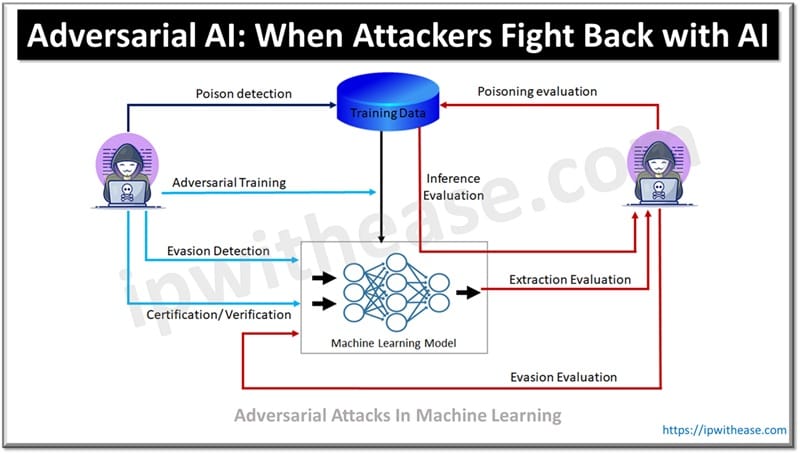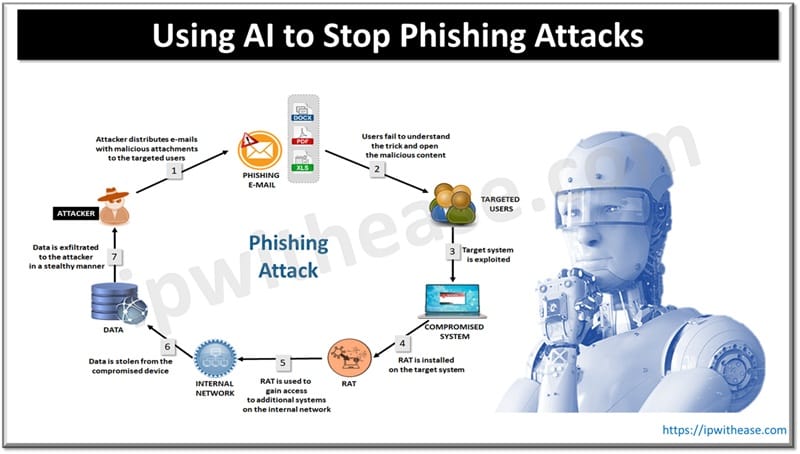Table of Contents
With the rapid evolution of cyber threats, cloud security has become more critical than ever. In this context, the emergence of generative AI is revolutionizing how organizations secure their cloud environments. As companies increasingly rely on sophisticated security strategies, turning to a generative AI development company offers practical, cutting-edge solutions to combat evolving security challenges.

The Growing Importance of Generative AI in Cloud Security
Generative AI is no longer a futuristic concept; it’s a vital tool in the security arsenal for companies worldwide. Recent reports suggest that investment in generative AI for security has increased substantially, with its adoption forecasted to rise by 30% across industries in 2024. The technology’s role in cloud security is expanding as it enables enhanced threat detection, automated responses, and real-time policy updates. This AI-driven approach proactively identifies and mitigates sophisticated cyber threats, which are often undetectable with traditional security methods.
Related: Generative AI vs ChatGPT
Key Benefits of Generative AI in Cloud Security
Generative AI brings several transformative benefits to cloud security frameworks:
- Advanced Threat Detection: Leveraging machine learning, generative AI detects anomalies by analyzing vast datasets in real time. This is particularly valuable in identifying zero-day vulnerabilities, which often evade conventional detection methods.
- Automated Incident Response: Generative AI can generate and execute response protocols automatically during security incidents. This rapid response minimizes human error and enhances the resilience of cloud environments.
- Dynamic Security Policy Generation: Generative AI continuously analyzes the security posture of cloud systems, allowing it to recommend or implement necessary adjustments. This adaptability ensures that security policies remain effective against emerging threats.
These capabilities allow organizations to maintain a more secure cloud infrastructure, streamline response times, and ensure compliance with regulations.
Practical Steps for Implementing Generative AI in Cloud Security
To integrate generative AI into cloud security successfully, organizations should follow several practical steps:
- Identify Security Gaps: The initial step is to evaluate the current security infrastructure to pinpoint weaknesses that generative AI could address, such as detection of sophisticated phishing attacks or automation of security compliance checks.
- Choose the Right AI Tools: Selection of compatible AI platforms, like IBM Watson or Amazon Q, is crucial. These platforms offer tailored features that can seamlessly integrate into existing cloud systems.
- Invest in Continuous Monitoring and Updates: AI systems require regular updates to remain effective. Continuous monitoring, along with model tuning, ensures that generative AI adapts to evolving threats without disruptions.
Following these steps, companies can lay a strong foundation for AI-driven security, balancing technological innovation with effective risk management.
Emerging Threats and Generative AI’s Response
Despite its advantages, generative AI also poses risks. Criminals are exploiting this technology, using it for social engineering attacks, deepfake phishing, and data mining. Generative AI enables cybercriminals to automate spear-phishing attempts, customize messages for specific targets, and even mimic voices and video, making fraud more difficult to detect.
To combat these threats, organizations must adopt generative AI within a Zero Trust framework. Zero Trust, where no entity is trusted by default, combined with AI-driven authentication, minimizes risks by continuously verifying identities and limiting access. This approach can block attempts to bypass standard security, which is increasingly essential as deepfake and AI-generated phishing attempts become more common.
Future Trends in Cloud Security with Generative AI
Generative AI’s role in cloud security will only grow. Future advancements may include integrating AI with other technologies, such as blockchain for enhanced data integrity and IoT for comprehensive network monitoring. Additionally, continuous learning and adaptation will enable generative AI to preemptively respond to new threat patterns, making it a critical asset for the future of cloud security.
To stay ahead, companies need to:
- Invest in Cross-Technology Integrations: Combining generative AI with blockchain and IoT can create a multi-layered defense strategy.
- Focus on Ethical AI Deployment: Transparent and responsible AI usage, particularly around data privacy, is essential to foster trust and ensure compliance.
- Adopt Proactive Threat Intelligence: Generative AI can analyze threat intelligence and simulate potential attack scenarios, allowing companies to bolster their defenses before real threats arise.
As cyber threats evolve, generative AI in cloud security automation isn’t just a competitive edge; it’s becoming a necessity. Organizations that embrace these advancements are well-positioned to protect their assets, comply with regulations, and maintain trust with their users. Embracing AI-driven cloud security is an investment in the resilience and longevity of a business in today’s digital landscape.
ABOUT THE AUTHOR
IPwithease is aimed at sharing knowledge across varied domains like Network, Security, Virtualization, Software, Wireless, etc.



